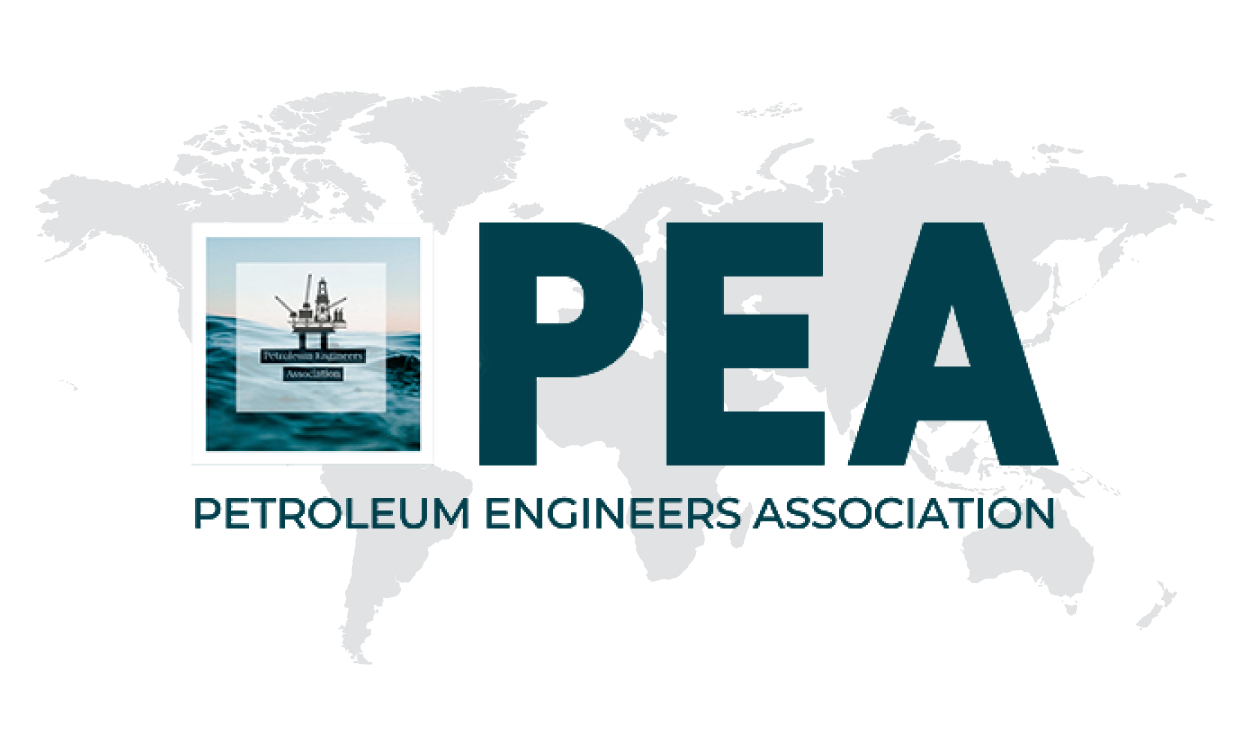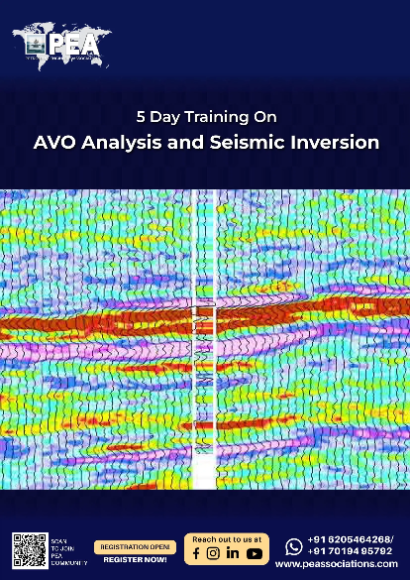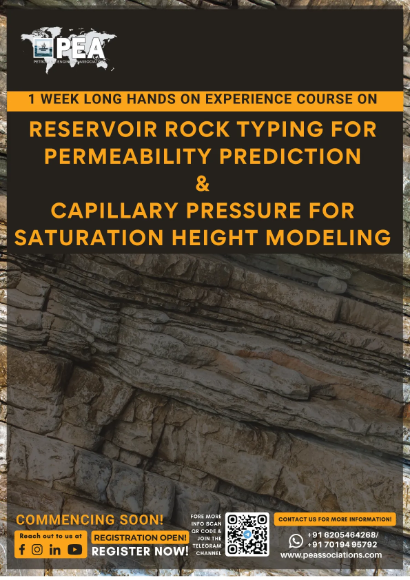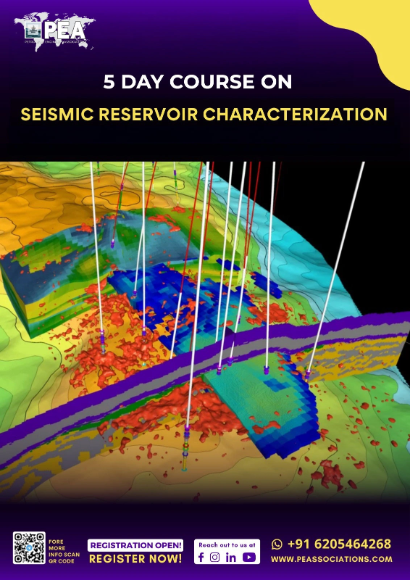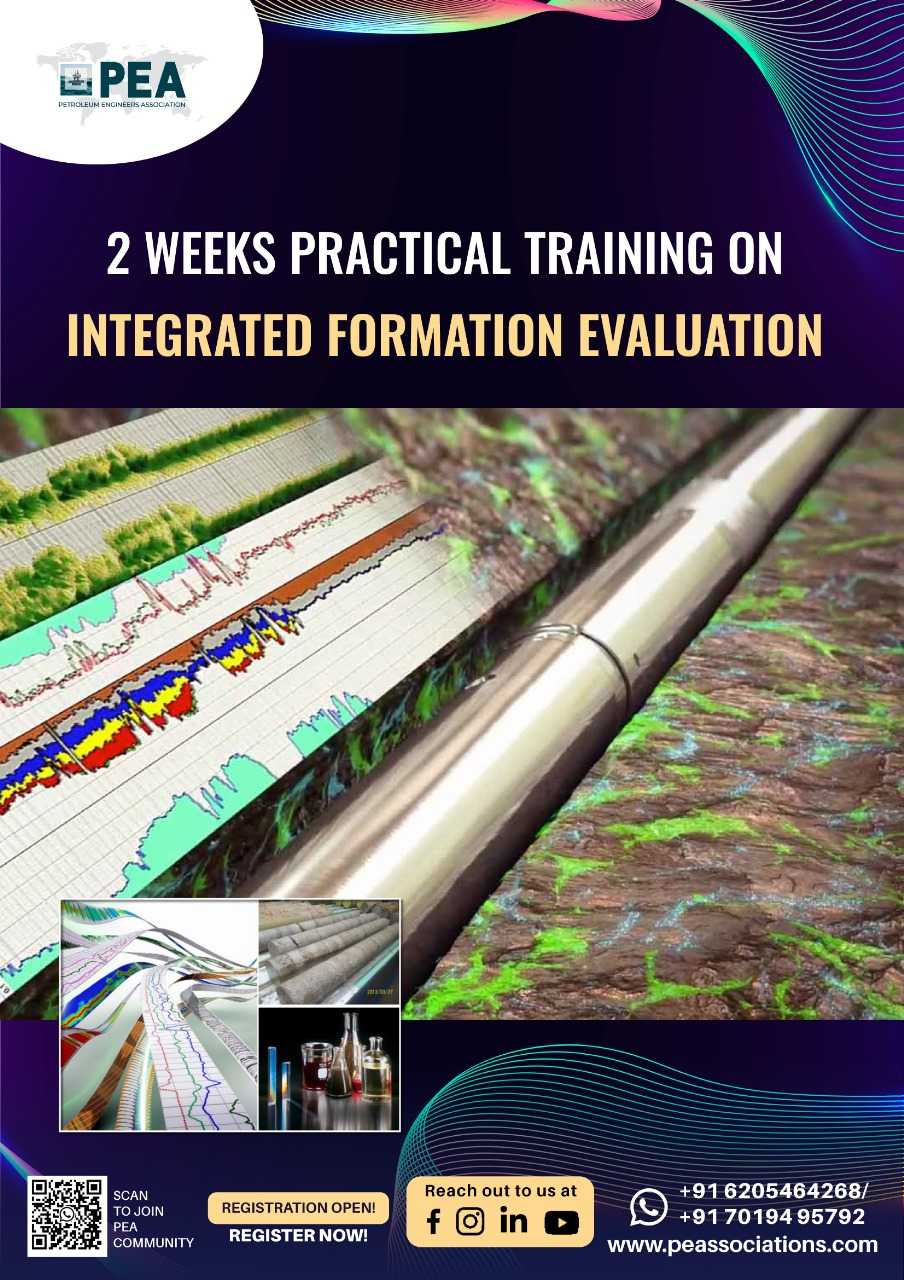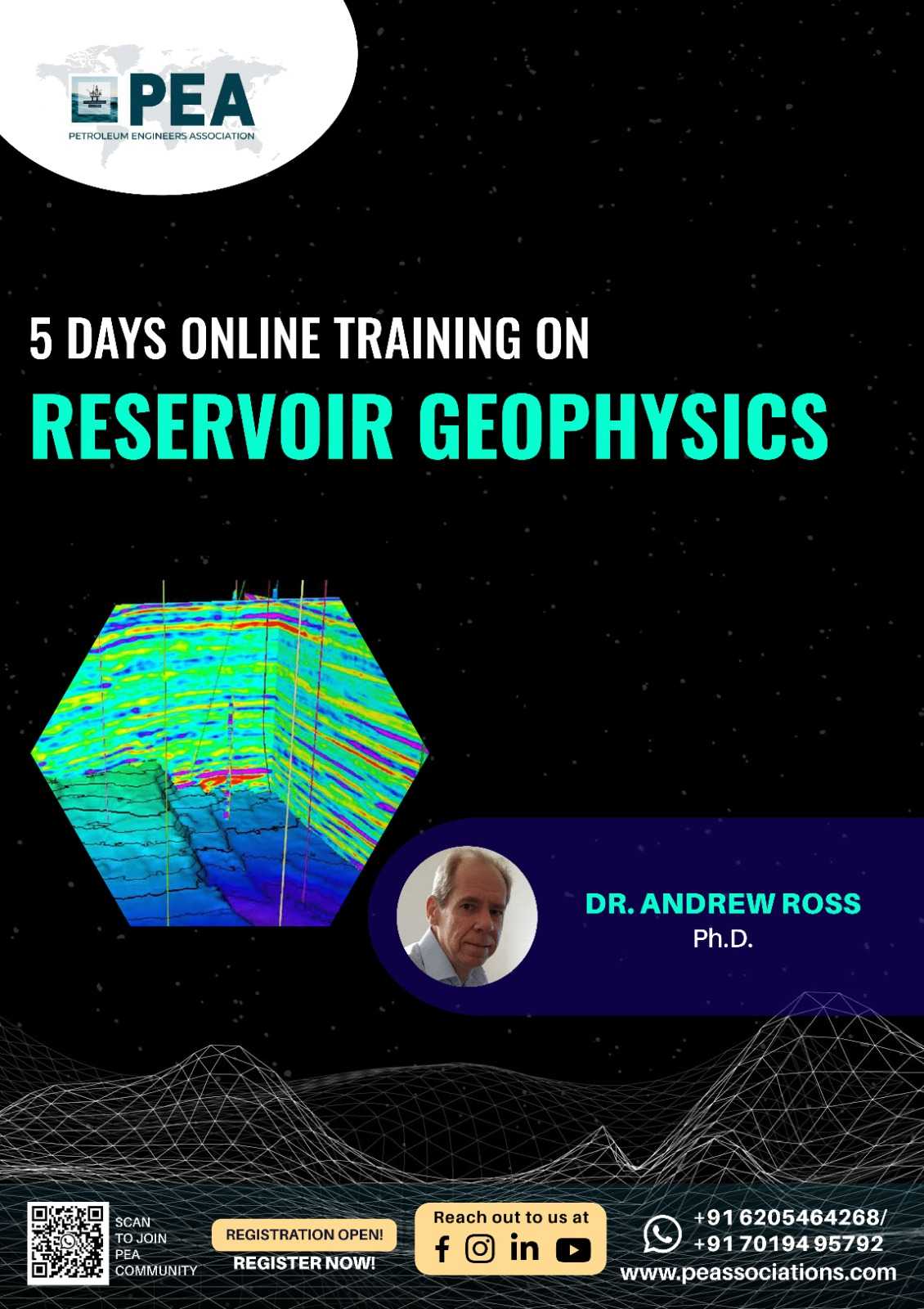AVO Analysis and Seismic Inversion
| Code | Date | Time | Duration | Location | Currency | Team of 10 Per Person | Team of 7 Per Person | Early Bird Fee Per Person | Normal Fee Per Person |
|---|---|---|---|---|---|---|---|---|---|
| ASI26 | 23 - 27 Feb 2026 | 9 PM Indian Time |
4 Hours Per Day
|
Zoom Online
|
USD
|
1650
|
1850
|
2000
|
2500
|
The classes will be online via zoom from Monday to Friday with 4 Hours / Day.
Boost your team's skills and your budget! Enjoy group discounts for collaborative learning. Send an inquiry to info@peassociations.com.
AVO Analysis and Seismic Inversion
This course offers in-depth knowledge of AVO analysis and seismic inversion techniques, empowering geoscientists and engineers to better predict subsurface properties, reduce exploration risks, and optimize hydrocarbon recovery.
Description
The purpose of the course is to introduce geoscientists to the theory and application of Amplitude Variation with Offset (AVO) analysis and the related field of seismic inversion. The course will cover the basic theory of AVO and Inversion. It will cover data requirements for successful application of these techniques. We look at wavelet extraction for inversion wavelets and using the created time-depth relationships and well logs to build low frequency models. The common inversion algorithms will be explained and the application of inversion to estimate elastic and petrophysical parameters will be covered. Time-lapse, multi-component and multi-azimuth inversion will be explained. The course will also look at the application of stochastic inversion and applying uncertainty in inversion.
As the oil and gas industry faces increasing challenges in identifying and developing hydrocarbon reservoirs, advanced geophysical techniques have become essential tools for exploration and production teams. AVO analysis and seismic inversion are pivotal in enhancing subsurface imaging, providing deeper insights into lithology, porosity, and fluid content. This course equips professionals with the expertise to apply these methods confidently, improving the reliability of prospect evaluation and reservoir modeling.
Understand the theoretical foundations of AVO analysis and seismic inversion.
Learn to process and interpret AVO data to identify hydrocarbon indicators.
Gain experience in seismic inversion techniques for reservoir characterization.
Analyze real-world case studies to consolidate learning and apply best practices.
Enhance decision-making capabilities by integrating geophysical data with reservoir models.
The course employs a blended learning approach, combining lectures, interactive discussions, real-world case studies, and exercises.
Ample opportunities for Q&A and peer learning are integrated to ensure an engaging and impactful experience.
E&P Professionals interested in AVO analysis and inversion of seismic data.
Day 1 Introduction, Rock physics and Seismic conditioning
Introduction to AVO and Inversion
Basics of rock physics
Seismic basics
Seismic processing for AVO and Inversion
Seismic data conditioning
Day 2 AVO Theory and application
Theory of AVO
AVO Classes
Direct Hydrocarbon Indicators
Application of AVO and AVO attribute
Day 3 Seismic well ties, wavelets and low frequency modelling
Seismic Well Ties
Wavelet extraction for inversion
Absolute vs relative properties
Creating low frequency models
Day 4 Inversion theory and applications
Inversion basics and theory
Applied inversion
Using inversion results
Petrophysical inversion
Day 5 Advanced inversions
4D and 3C inversion
Stochastic inversion and uncertainty
On successful completion of this training course, PEA Certificate will be awarded to the delegates

Andrew Ross has worked in the oil industry and academia as a geophysicist since 1991 most recently for Schlumberger in Denmark.
Ph.D. geophysicist with 15 years industry and academic experience in reflection and refraction seismic interpretation and processing, focusing on quantitative interpretation, inversion, seismic attribute analysis and waveform modelling.
Frequently Asked Questions
All course bookings made through PEA are strictly non-refundable. By registering for a course, you acknowledge and accept that all fees are payable in full and are not subject to refund under any circumstances, including changes in personal or professional commitments or partial attendance.
PEA reserves the right to make reasonable adjustments to course content, trainers, or schedules where necessary, without entitling delegates to a refund. Comprehensive details of each course — including objectives, target audience, and content — are clearly outlined before enrolment, and it is the responsibility of the delegate to ensure the course's suitability prior to booking.
For any inquiries related to cancellations or bookings, please contact our support team, who will be happy to assist you.

